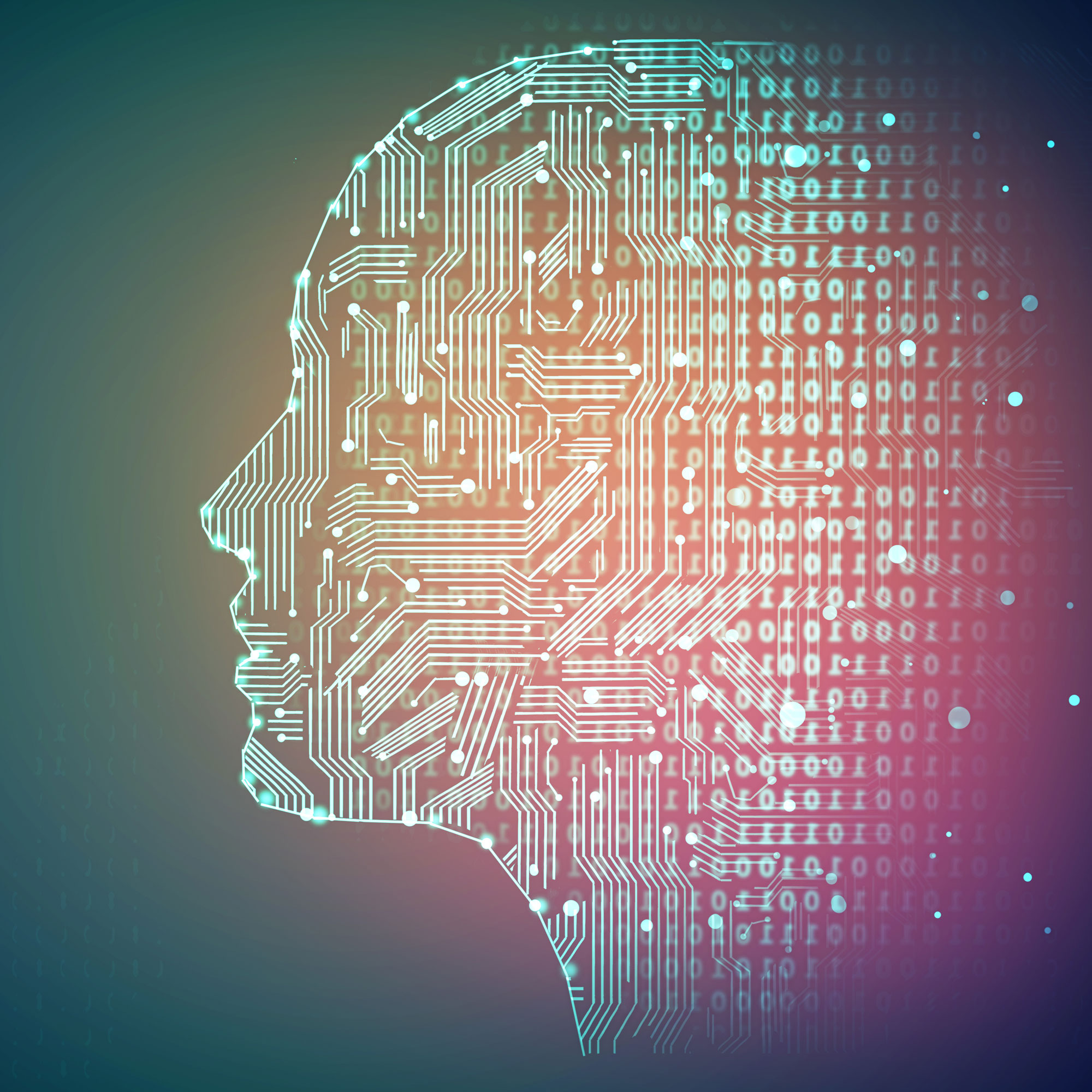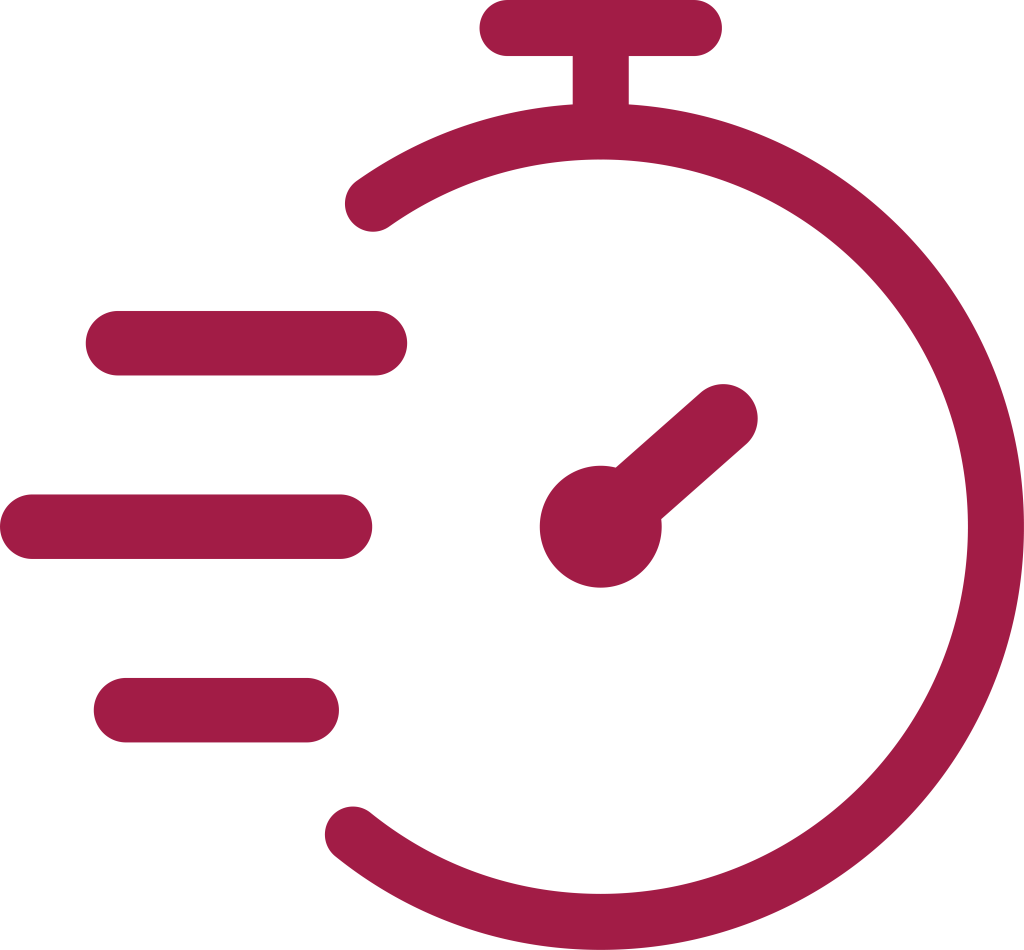Michelle, Engineer Consultant in Artificial Intelligence ALTEN Switzerland
“Every project in Artificial Intelligence is innovative for two reasons: first, because it uses a new technology, and second, because it improves the way we work and, more generally, the way we live”.
From discovering software engineering to developing solutions for humanoid robots to prototyping a model to improve quality processes for a pharmaceutical company, Michelle’s passion for Artificial Intelligence (AI) has become her speciality.

Originally from Cameroon, Michelle studied there until her 2nd year of admission in Mathematics. With the encouragement of her family, she took a competitive examination to enter the Haute École d’Ingénierie et de Gestion du Canton de Vaud (HEIG-VD) in Switzerland, which she passed.
After a long journey, she settled in Yverdon-les-Bains and completed her first year in a preparatory class: “This class was part of a programme aimed at encouraging and preparing young women to pursue a career in engineering.
Together with my classmates, we were able to get an idea of the variety of professions and were convinced that we were on the right track”, Michelle recalls. She specialised in software engineering: “My mathematical background made me feel connected to this field”, she explains.

“The secret of a successful AI algorithm? Understanding humans”
Michelle
As a software engineer, Michelle began her career at a company that markets and develops software solutions for humanoid robots. “It was an extremely formative experience: new computer languages, meeting clients, developing innovative projects…. But it was mainly humanoid robotics and its applications that fascinated me”. Programming robots that behave like humans – walking, talking, reacting – is where the innovation comes in.
“We had to develop end-to-end scenarios and translate them into software applications to bring the robots our clients needed to life”, says Michelle. Restaurant service, check-in for bank employees, hospital reception and measurement of vital signs, driving an automated car, animation for children…. all scenarios are possible!
To be effective, these scenarios need to be created with a very high level of consistency in terms of human behaviour, “and that requires a very detailed analysis of human reactions in any given situation”, Michelle adds.
She adds, “In the case of a robot playing the role of a waiter in a restaurant, for example, we might ask ourselves these kinds of questions, the answers to which would form the common thread of the related software development: how to greet customers politely, how to react to their dissatisfaction, how to pass on information about the dishes they have chosen, etc.”
Two other dimensions make these humanoid robot development projects even more exciting, according to Michelle.
- First, the fact that we have a plan B in case the robot does not behave as expected, such as integrating a remote maintenance system.
- Secondly, the satisfaction of the customers and users: “Seeing them marvel at a robot that smiles at them, talks to them, responds to their wishes and explains to them how we managed to bring it to life…. It’s very satisfying!”.
Developing an intelligent algorithm from A to Z
Michelle wanted to go beyond programming the software application to understand how the robotic system works and how to continuously improve it She therefore decided to go back to school and do a Master’s in AI. The prerequisite for this was an internship she did at a large biotech manufacturing company in French-speaking Switzerland:
“I was sort of an ambassador for AI. I had to show the added value of this technology, explain how it works and its possible applications in the pharmaceutical sector. I was also responsible for implementing a concrete AI solution that met all the theoretical principles I had set out”.
This experience reinforced Michelle’s decision to specialise in AI and convinced the company and ALTEN to offer her the opportunity to continue her project as part of a consultancy assignment.
“The aim of my project is to further develop the AI solution I developed during my Master’s degree in order to integrate it into the quality process of my client’s teams. The protocols and standards to be followed are numerous in the pharmaceutical industry and are currently managed by human intelligence. The question arose whether AI could enhance these processes by increasing their reliability, speed and reducing the associated costs”, says Michelle.
Innovations involving an entire phase of training in AI, to enhance the added value provided to quality specialists and to clarify the impact of the changes brought about by the integration of this technology.
“The first step that should be carried out in any AI project is to analyse the usability of the available data in terms of quantity and quality. Indeed, on the basis of this observation, the new way of working on which the AI algorithm will be based is determined”. The first milestone was completed with the development of the prototype of this algorithm to verify that it reproduces the behaviour of the quality specialists, helping them to reinforce the reliability of their usual process.

“The secret of a successful AI algorithm? A good understanding of human nature”, Michelle points out.
To ensure that the tool developed supports, rather than replaces, human intelligence, the sophistication of her project lies in her prior collaboration with the business specialists : “I immersed myself in their daily lives to understand how I could make them more efficient in their tasks through a custom AI engine that strengthens their decision-making. An equation that finds its solution in the complementarity between humans and machines”, she asserts.
“Technology brings us a lot by helping to improve our daily lives, provided we know how to restrain ourselves and develop it without having a negative impact on future generations.”
Michelle
AI: seeing the world through the spectrum of positive innovation
Developing an AI project means proposing a new way of doing what you did before. It means bringing a new perspective, especially with regard to the data that is normally processed. This data can be used by AI algorithms and other technologies in a more qualitative way to ensure better performance of the activities carried out.
“Science without conscience is the ruin of the soul” Michelle likes to quote Rabelais to point out another very important dimension of AI projects: reassuring people about the positive dimension of this technology, which is real once we master its applications. “Technology brings us a lot by helping to improve our daily lives, provided we know how to restrain ourselves and develop it without having a negative impact on future generations”
Going to school with the eyes of a robot
Michelle’s long-term goal, besides deepening her technical know-how, is to use it “in the service of people”: Education, health, environment, space, etc. “I want to be able to measure the impact of my work on everyone’s personal and/or professional lives and be in touch with the users of my solution”. This desire coincides with the current aspirations of the younger generation, according to Michelle: “Young engineers need to rediscover the values that are important to them through their profession and put them at the service of a cause”, she claims.
An analysis that makes sense through Michelle’s best memory as an engineer: “I was involved in the development of an AI solution for a personal support robot, especially for children.
This robot was a real educational assistant for children in hospital: from the hospital bed, the child in question could communicate via a tablet with the robot, which represented him in class. Thanks to an advanced technological system, the child could see the class through the eyes of the robot, which was connected to a camera, follow the lessons, interact with his classmates and the teacher, receive and send his homework… One day I had to go to the hospital to install the solution. Seeing the smile of the sick girl we helped and that of her parents was my greatest satisfaction. When you do meaningful projects like this, technology is essential”, she concludes.

Friendly advice
from Michelle
“Don’t be afraid of new technologies, especially AI.
To achieve this, we must learn to understand AI in the same way that we would look into the composition and side effects of a medicine if we read its package insert: what is AI, in what cases can it be used, with what technologies can it be combined…
All these questions have answers that will bring out the added value of this innovation, which is already part of our lives, more consistently! ”

Rapid fire question
Digital transformation or AI?
“AI of course! The transition from human intelligence to machines is an exciting technological process that involves thousands of applications that have a direct or indirect impact on our daily lives.”
